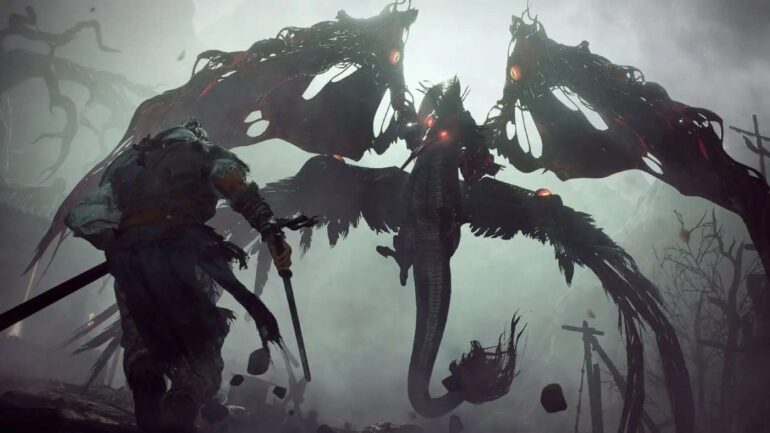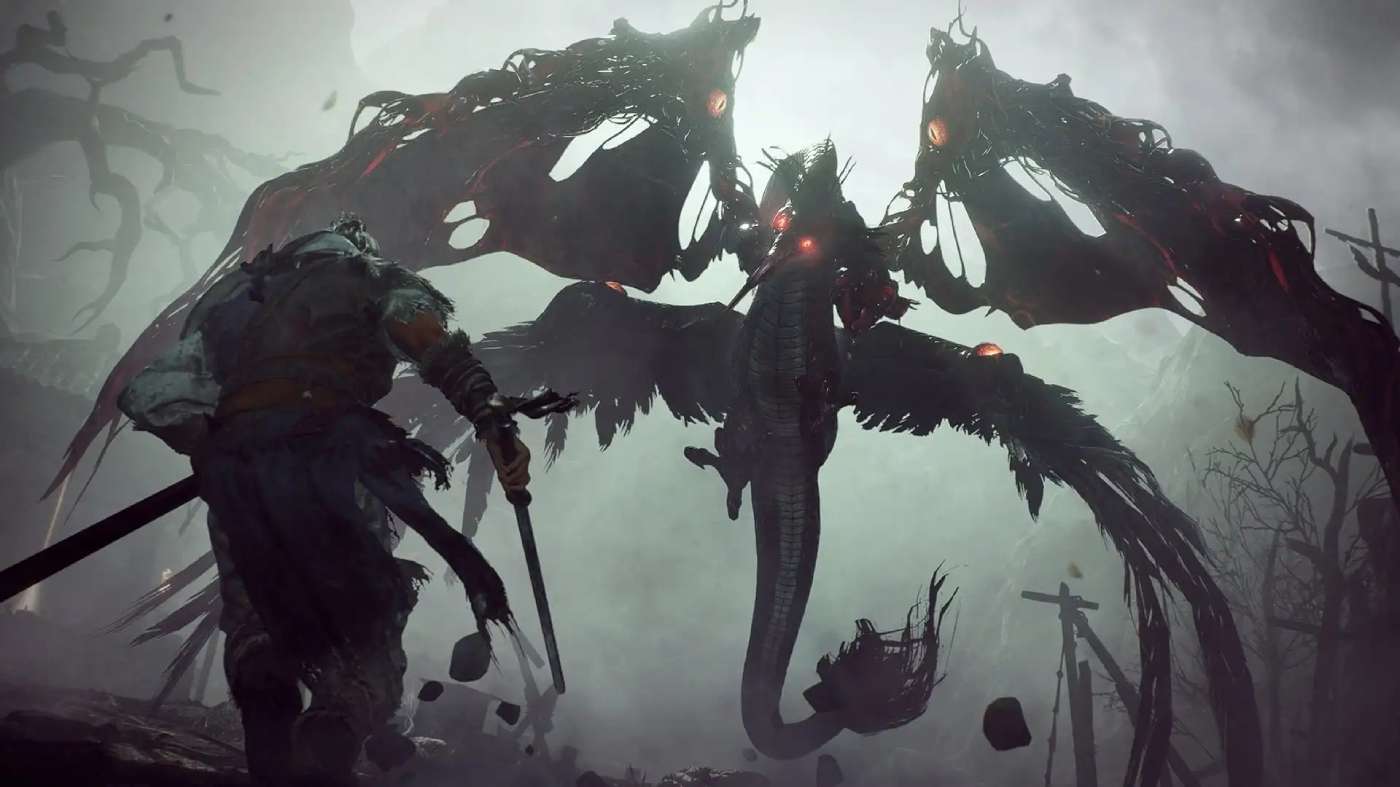Despite the massive impact that FromSoftware’s titles have had on the games industry over the last decade, there are very few experiences that scratch the same itch. From’s world building and sense of place is unrivalled, it’s a daunting task to make a “Souls-like” and have it constantly compared to one of the most timeless franchises of the last decade. This is something Team Ninja has been keenly aware of in their forays into the genre, opting to focus on the combat and RPG aspects of these games to deliver something action-heavy and high-octane.
If the Nioh duology is Team Ninja’s answer to Dark Souls, then Wo Long: Fallen Dynasty serves the same purpose to Sekiro: Shadows Die Twice. Much like Nioh, though, Wo Long’s comparisons to its parallel are surface deep, offering an experience that’s much different to From’s 2019 hit. It leans more heavily into the combat fantasy of split-second decisions, speedy reflexes, and flashy action to make for an immensely satisfying and mechanically deep experience that insists you step up to the plate and surmount its seemingly insurmountable challenges.
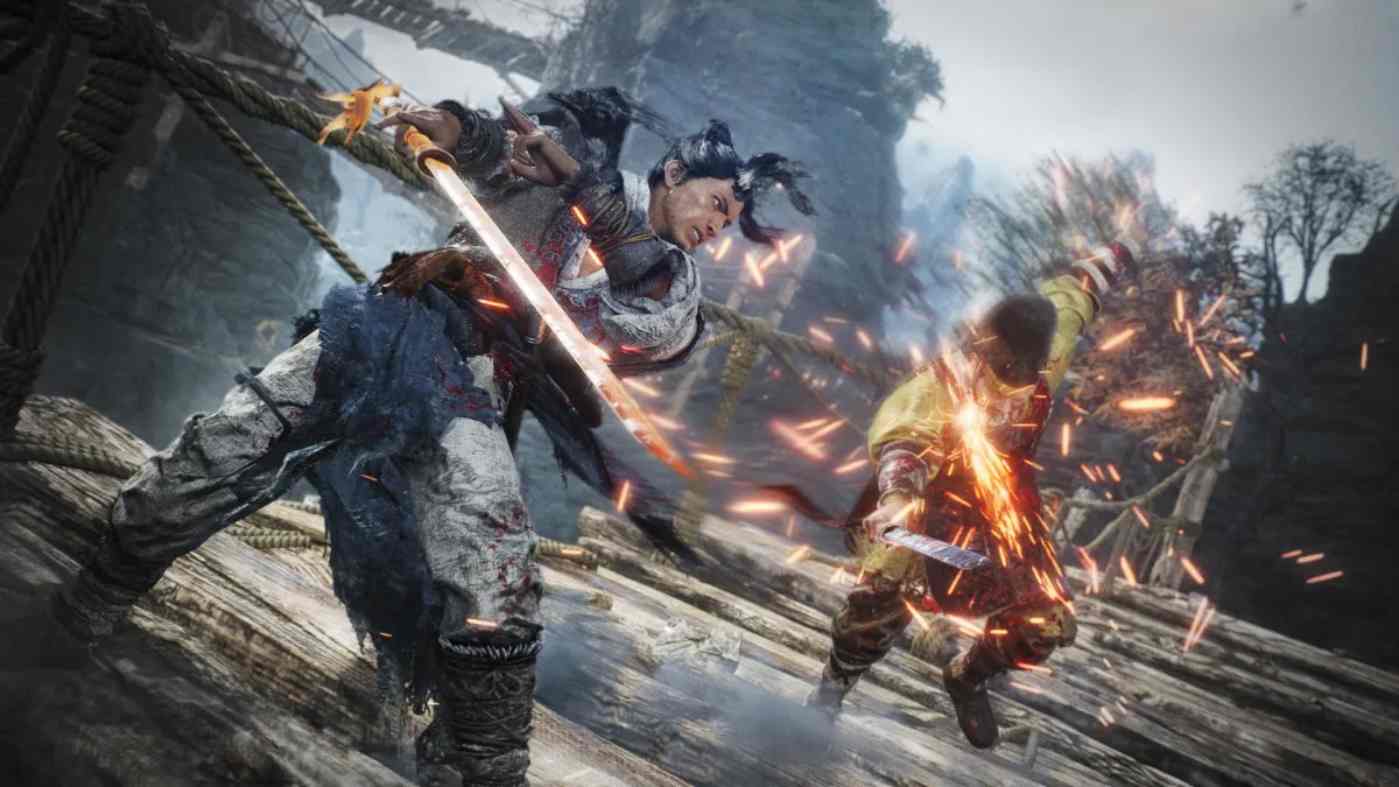
Set during the Later Han Dynasty of China, specifically the Three Kingdoms period, Wo Long: Fallen Dynasty follows your unnamed player character navigate their way through the murky waters of war and chaos. Despite starting out as an unremarkable militia soldier, you’ll quickly gain notoriety as you rise up to fight back a demonic outbreak plaguing China, often crossing paths with notable figures from Chinese history in the process of dealing with the source of this supernatural threat.
Wo Long’s narrative ultimately serves as a sort of adaptation of these events with a dark fantasy flavour, imbuing it with supernatural elements and twisted takes on Chinese mythology. All the carnage and chaos that transpires really sells the idea that the long-standing Imperial dynasty is on the verge of collapse. The story itself is relatively paint-by-numbers, with a few interesting elements that might keep you from skipping cutscenes, but won’t necessarily have you on the edge of your seat. The most alluring aspect of it is interacting with storied heroes like Lu Bu and how they fit into Team Ninja’s take on a more dramatised retelling of the period.
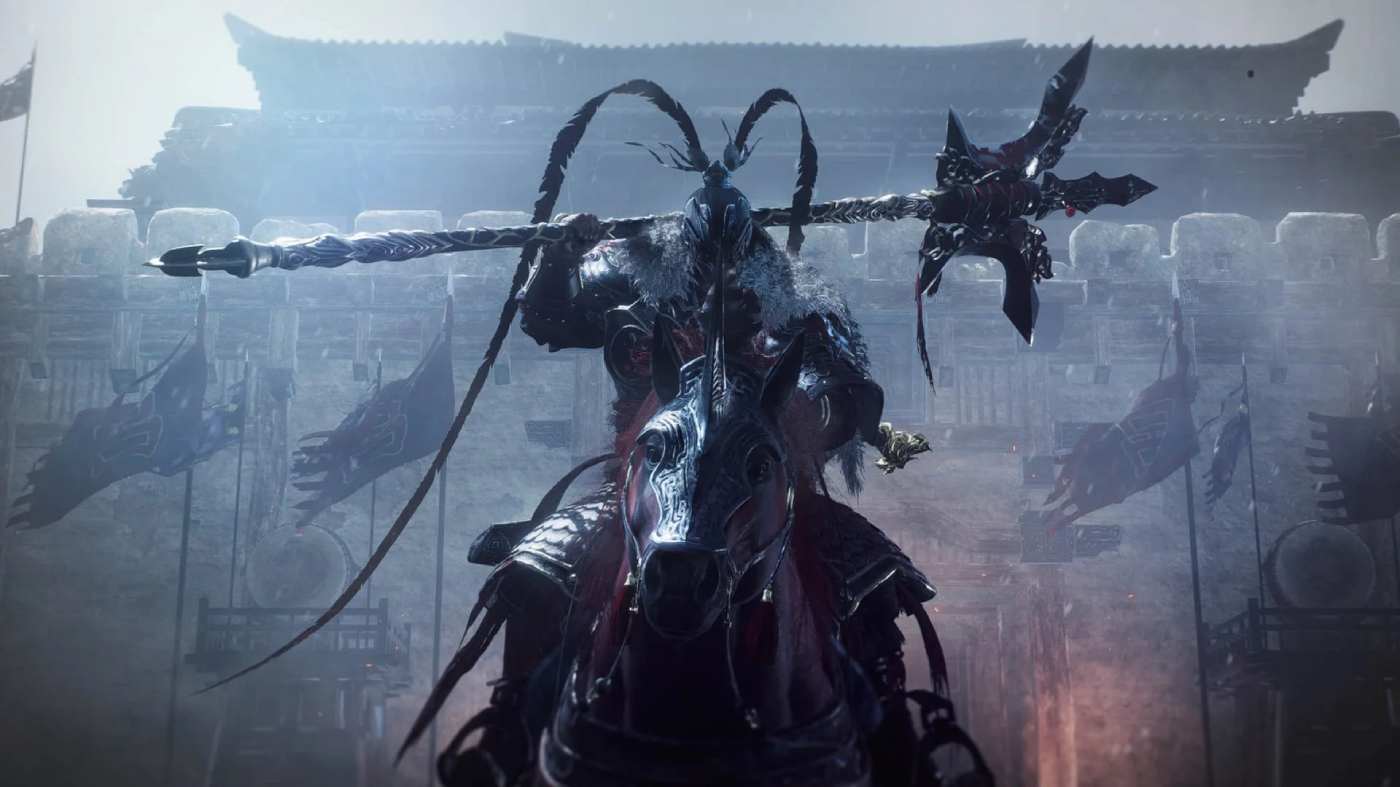
Where Wo Long categorically excels, though, is in its combat. It’s similar to Sekiro at its core, but has so many in-depth systems built around it that it becomes a much more involved and measured process. That isn’t to discount the challenge of Sekiro’s rhythmic flow, but Wo Long has a much faster pace to it overall that demands your full attention at all times. Between regular encounters and boss fights, there’s much to look forward to for fans of the genre.
It’s all built around the Spirit Gauge, which acts as a sort of posture/poise meter, while also doubling as a resource in combat. Proper deflect timing, counters, and light attacks will build up this meter, while using heavy attacks, Wizardry Spells, and Martial Arts will expend it, as well as getting hit. Using any of the aforementioned attacks costs Spirit Gauge, but also grow in power in accordance with how much you have.
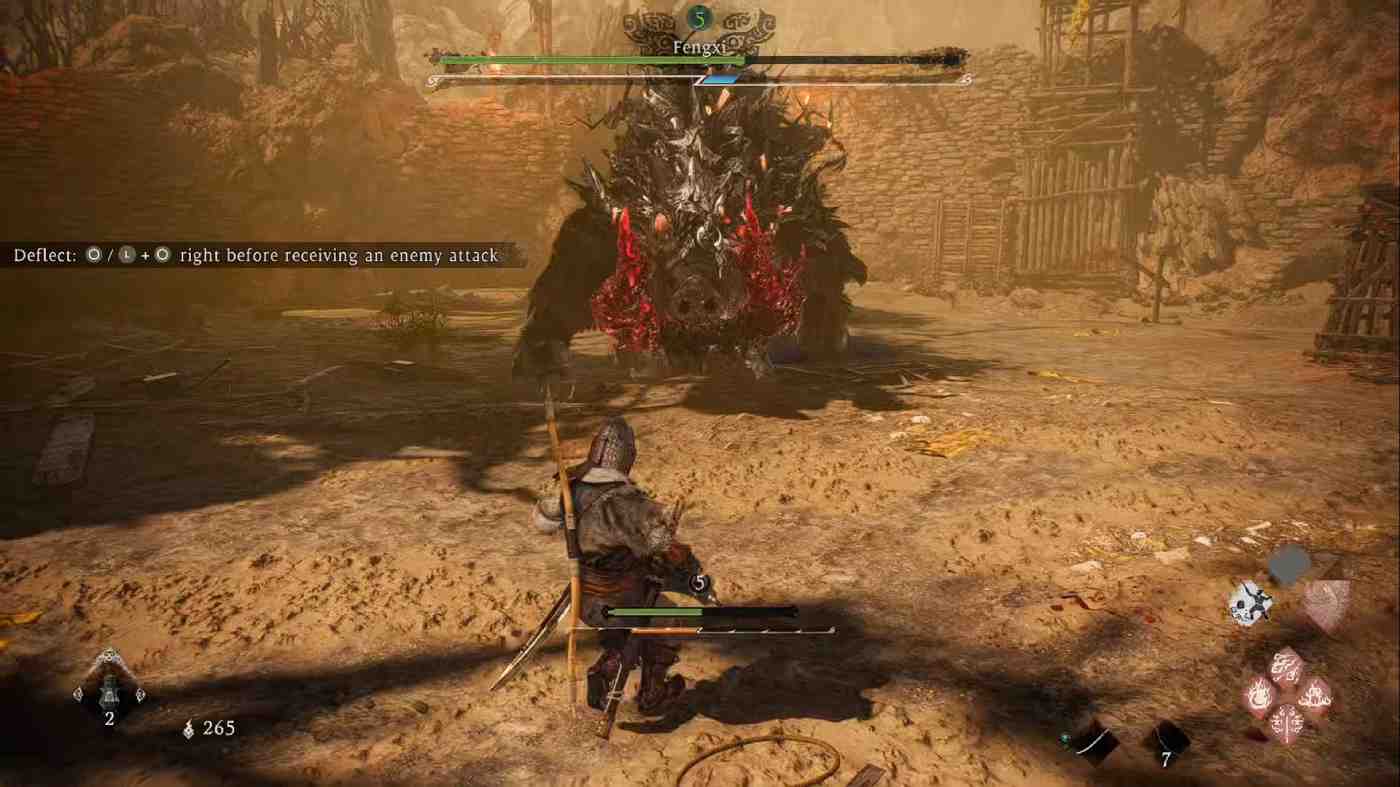
Breaking an enemy’s Spirit Gauge opens them up for a critical attack, but your own can also be broken, leaving you completely defenceless for a short window of time. It lends to a constant risk/reward factor in combat where you know that one more successful deflect means you can unleash a nasty heavy attack for big damage, or cast a Wizardry Spell without putting your own Spirit Gauge in danger.
Even dodging and deflecting costs Spirit Gauge to use, so throwing them out in the hope to survive will set you on path towards swift demise. It can be overwhelming at first, but you’ll quickly find that you perform every action in combat with intent, and the decision to tie your Martial Arts and Wizardry Spells to a consistently renewable resource means you’ll engage with them much more than you otherwise would.
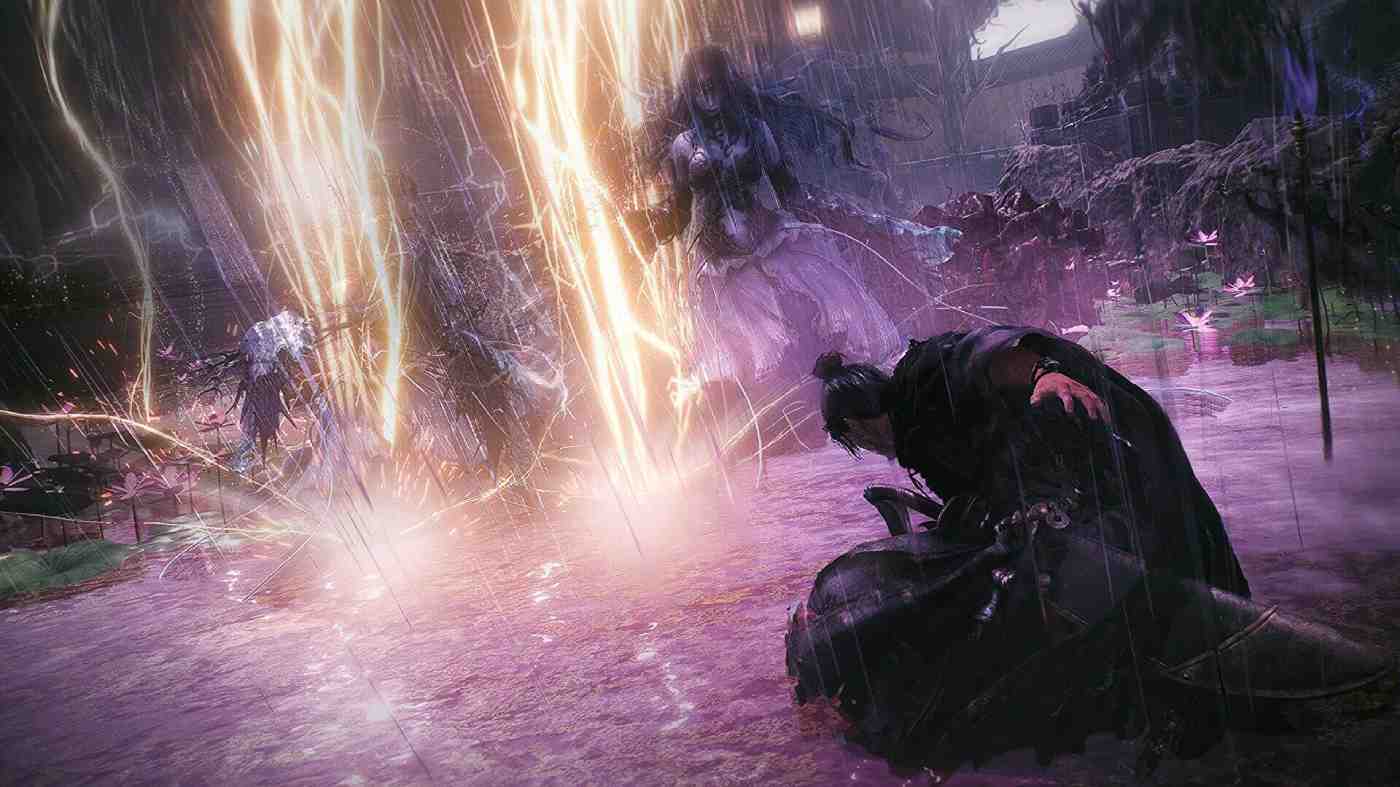
The cherry on top are Critical Attacks and Divine Beasts. The former are heavy hitting attacks that can’t be blocked. Successfully deflecting these results in a large chunk of Spirit Gauge damage, as well as shortening the enemy’s overall Spirit Gauge until their next break. Divine Beasts function similarly to the Guardian Spirits of Nioh, where you can summon an equipped beast when the Divine Beast Gauge is full to gain advantages in combat, or use to them unleash a powerful attack.
Progression throughout levels is also another novel concept that Wo Long builds on in interesting ways, namely through the Morale system. While you’ll level and gear your character as you play through missions, each one also has its own Morale ranks to raise through exploration. You and your enemies have your own Morale ranks, which determine your overall strength within missions. Generally, you don’t want to go up against enemies with significantly higher levels of Morale than you. You lose Morale through death and getting hit by critical attacks, while it’s gained in a few ways, most notably through dispatching enemies, and via the brilliant Fortitude system.
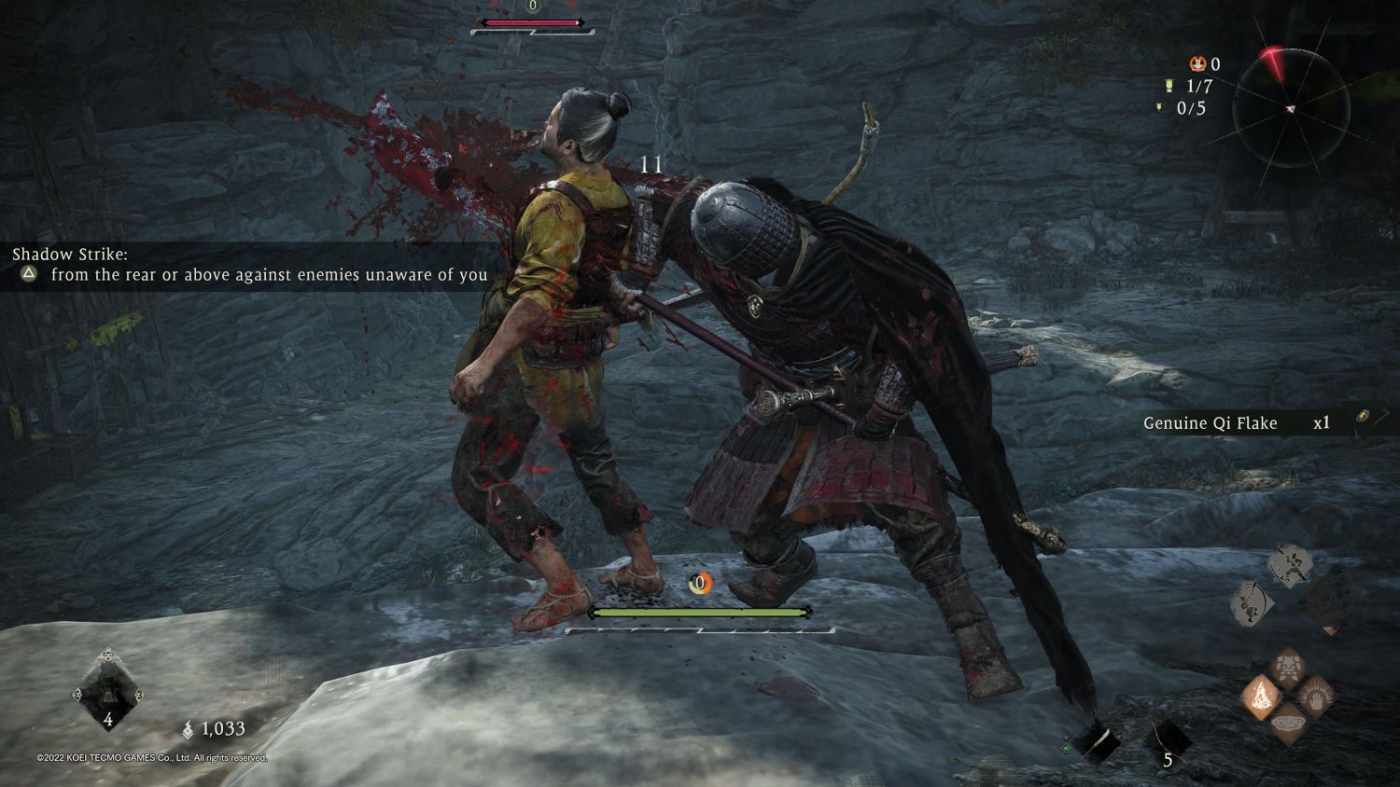
Fortitude represents the lowest that your Morale can drop to. You’ll start main missions with zero Fortitude, while side missions are usually higher. As you explore levels, you’ll find Battle Flags and Marking Flags, both of which increase your Fortitude, meaning you’re slowly lifting your minimum Morale as you venture through each mission. This mechanic alone if enough to incentivise exploration in Wo Long’s environments. You can absolutely try to beeline to the boss room while gaining Morale on the way, but without hitting any flags, you’ll lose it all as soon as you die, and it isn’t exactly easy to recover.
AMAZON HAS THE CHEAPEST PRICE AT $79 WITH FREE DELIVERY
Morale applies to your enemies as well, which is another thing to consider. Hitting an enemy with a critical attack after breaking their Spirit Gauge will drop their Morale by one, and some enemies can boost their allies Morale passively. Additionally, you can find groups of enemies guarding Battle Flags that need to be dispatched before you can claim them, and picking them off one-by-one is incentivised to slowly whittle away at their Morale. Not only is it a fantastic form of progression within each level, but it also goes hand-in-hand with the setting and themes of Wo Long.
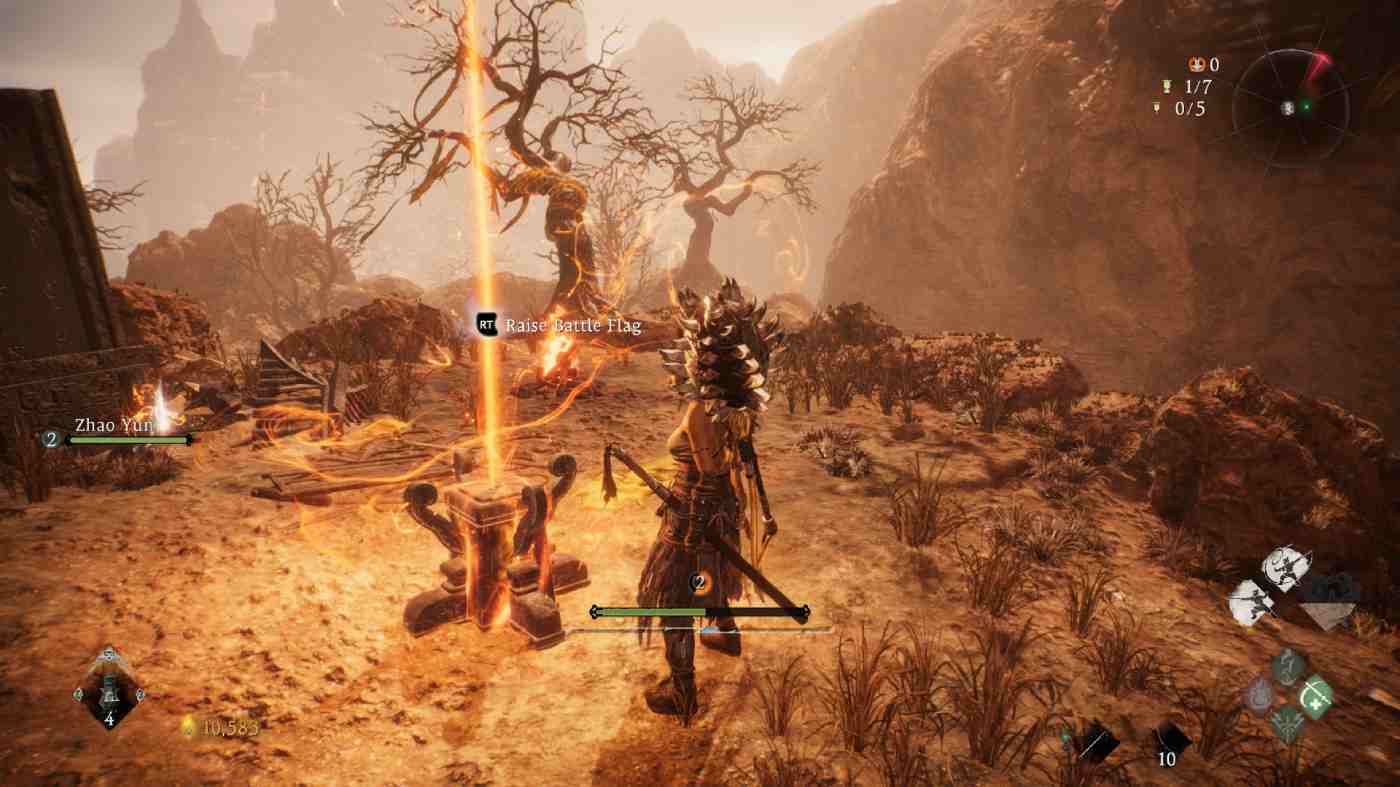
I will admit that there’s a lot to contend with here. Even the most seasoned of Souls-like veterans will need to take some time to adjust and learn all the systems at play here. It can be confusing at first, especially when so much is thrown at you in the opening hours of the game, but sticking with it gives way to systems that intertwine to create a cohesive combat system that’s incredibly satisfying to master.
A combat system like this is nothing without good enemy design, but this is another area where Wo Long delivers in spades. Both visually and mechanically, there are many foes to contend with here, each with unique move sets and capabilities that keep you on your toes. Seeing these Chinese myths converted into more demonic forms is fascinatingly morbid that always had me keen to see what was up next. The boss fights are a particular highlight, serving as firm punctuation marks to the end of each level. Some of them are definitively better than others, but they’re still always something to look forward to.
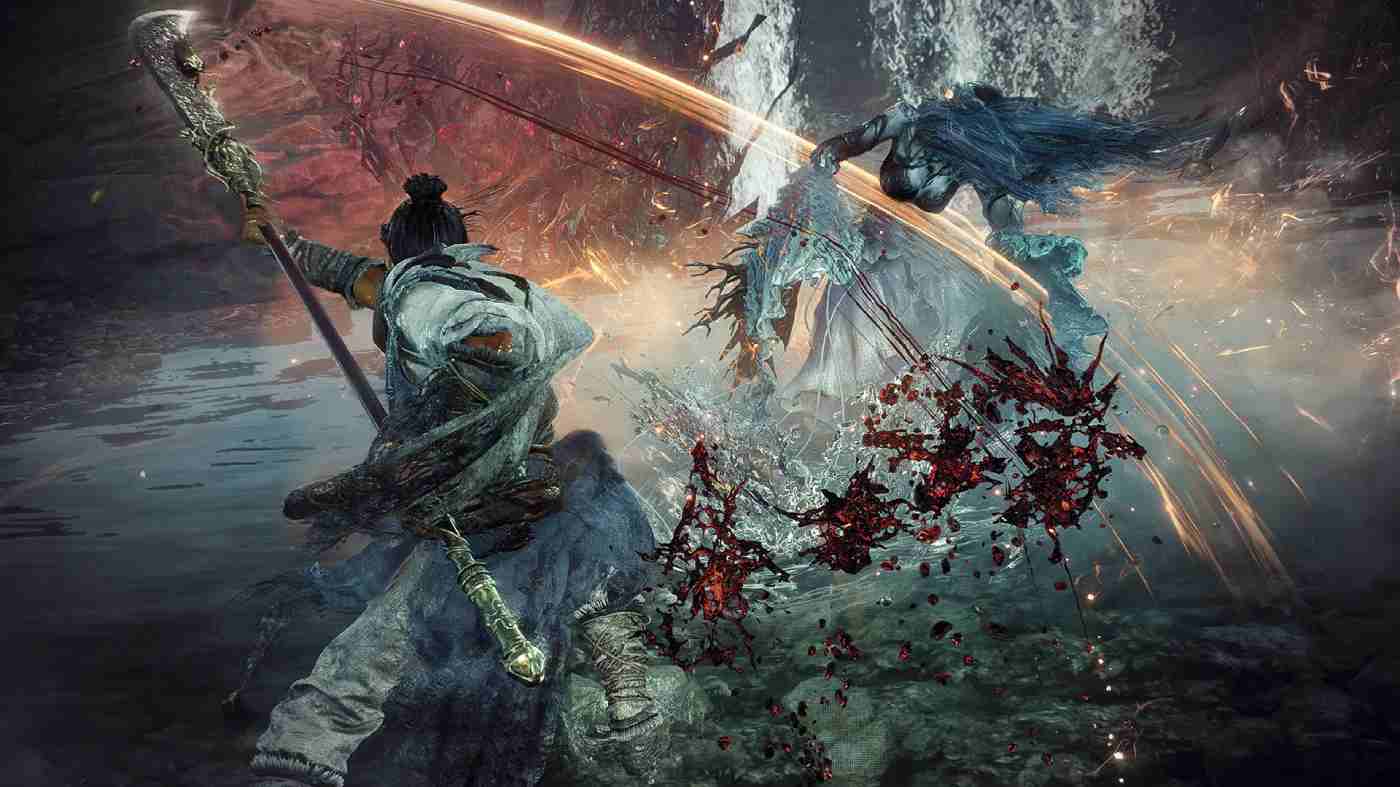
The other core form of progression is your traditional levelling, but there’s also some changes made here that keep Wo Long unique within the genre. Instead of investing points attained with each level in traditional stats, you can put it into one of five Virtues, each one scaling with different weapon types, boosting their own stats, and grating access to specific wizardry spells. There’s less incentive to generalise and a push to spec into one or two Virtues specifically to build out your character. The high level wizardry spells require quite high Virtue levels, so investing in a particular type yields worthwhile rewards.
When it comes to weapons and armour, there’s a tried and true focus on acquiring loot from chests, enemies, and by completing levels. Unfortunately, much like Team Ninja’s other titles, there is far too much loot to collect and manage. Stranger of Paradise made some progress in this regard via the inclusion of an auto-equip function, but even that is sorely lacking in Wo Long. You end up spending long stretches of time in menus, picking and choosing which armour and weapon combinations you want to use, along with ranged weapons and charms also.
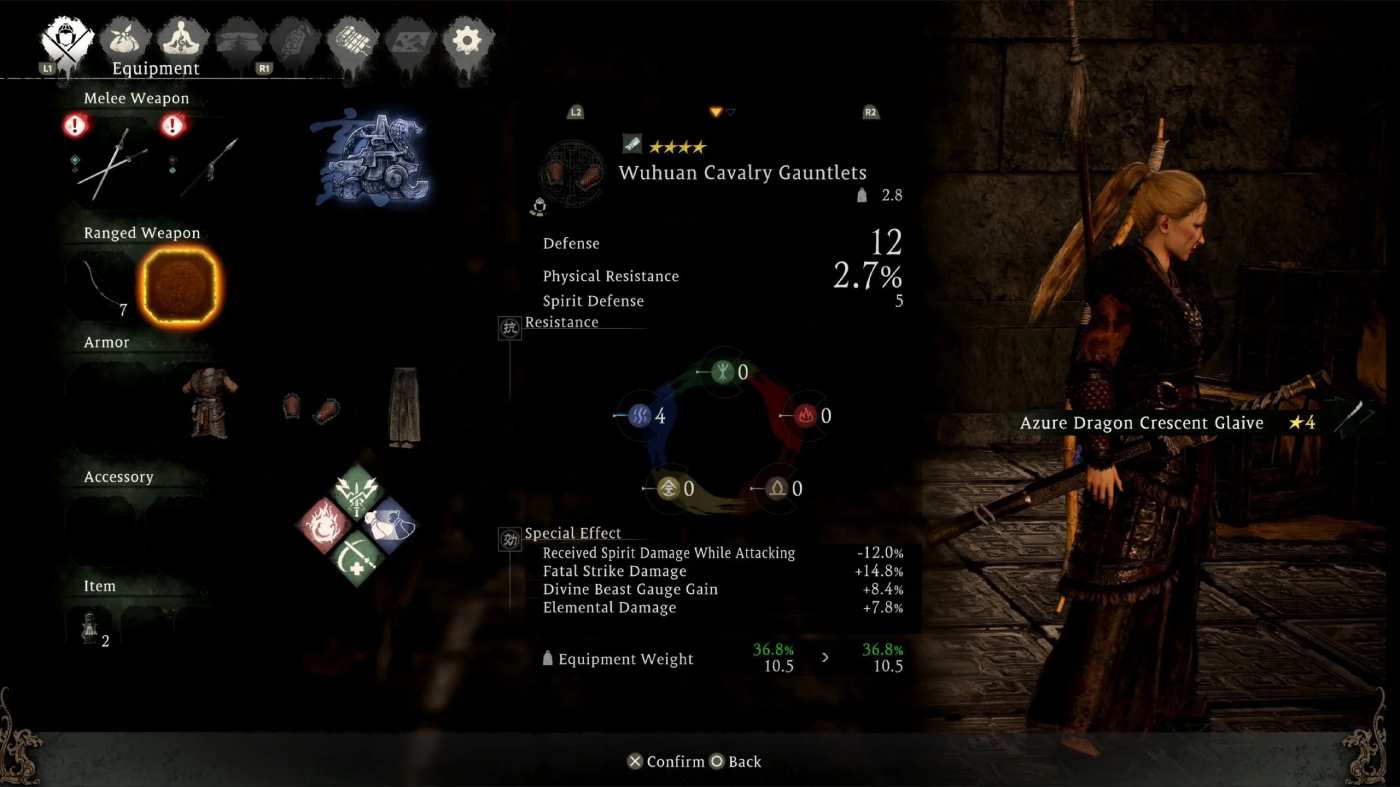
A vast majority of the loot you’ll get across your first playthrough will eventually become useless, and ends up getting sold or tossed away at some point. One welcome inclusion is the ability to upgrade weapons and armour with materials, but it’s hard to commit to making a proper build when a bulk of the best gear drops in the post-game.
Speaking of weapons, there’s a wide array to choose from here, each with their own string of light attacks and a heavy attack. Each one also comes with a unique set of Martial Arts, and higher rarity weapons drop with special effects that can further cater to a particular play style. There’s a lot to sink your teeth into here if you’re a fan of Team Ninja’s post-game build crafting, but it can feel arbitrary outside of that as you constantly cycle through gear for better stats.
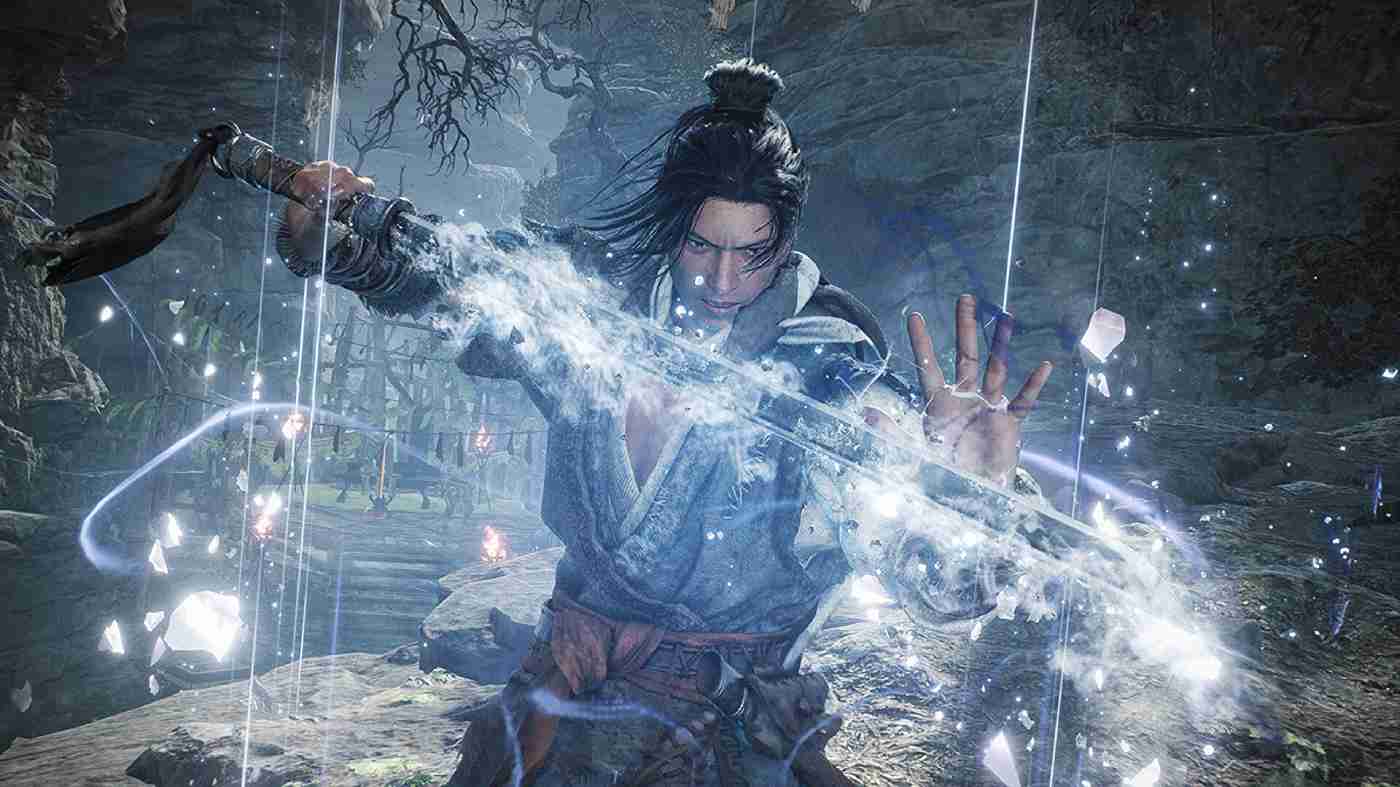
Wo Long isn’t a particularly pretty game in the traditional sense. It’s rife with grunge and rancid corruption that go a long way to building up the world and the events transpiring within it. Each battlefield you’ll visit is remarkably unique, from towering forts to serene mountainsides. No matter where you go, though, Demonic Qi has taken hold. It’s an all around well-realised setting that I never got tired of exploring despite how desolate and war-torn it can be at times.
The PS5 version features two visual presets, one that prioritises frame rate, and another that focuses on resolution. I found that the resolution mode, while gorgeous, often dropped below 60 frames when the going got tough, which isn’t ideal for a game as reflex based as this. The performance mode is what I spent my playthrough on, which sports a consistently smooth 60 frames no matter what was transpiring on screen.
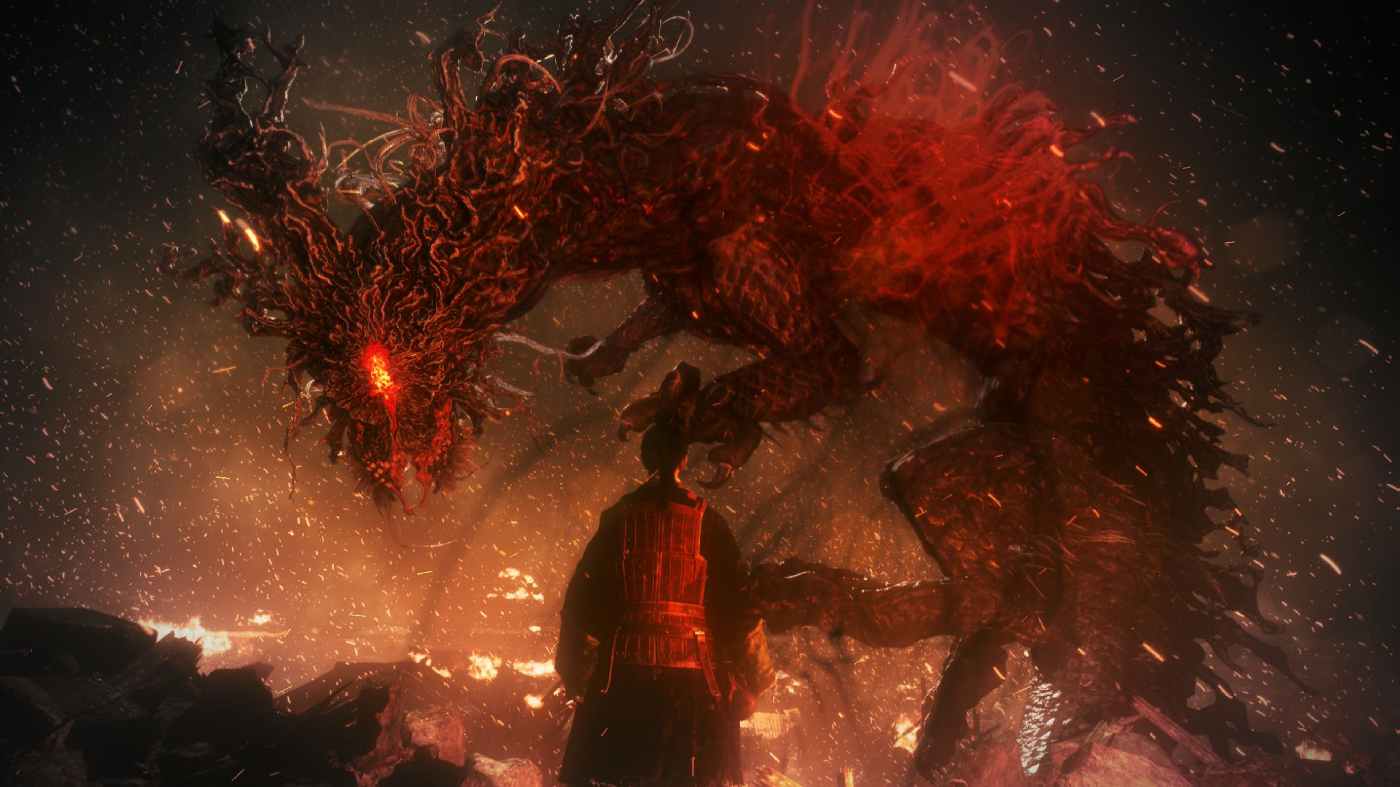
While Wo Long: Fallen Dynasty falls victim to the problems of Team Ninja’s prior Souls-like outings, there’s no denying that there’s an excellently crafted game here that’s unique among their offerings. It has such strong combat, and some really great ideas that execute just as well, that it’s easy to look past what few flaws there are and really enjoy what’s on offer here. I’ve always enjoyed Team Ninja’s games, but Wo Long in particular is an experience I won’t be forgetting anytime soon, and one I’ll surely be revisiting over the years.


